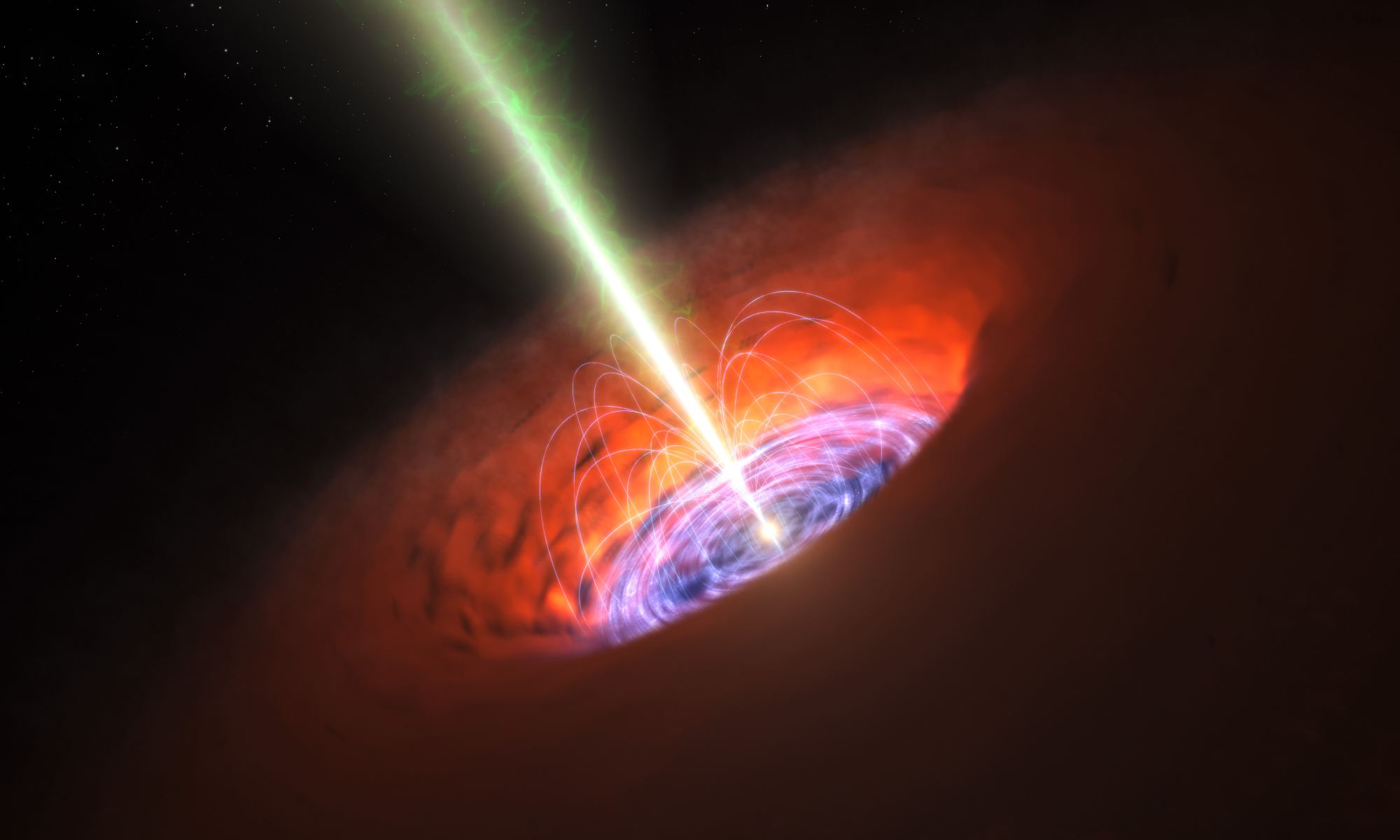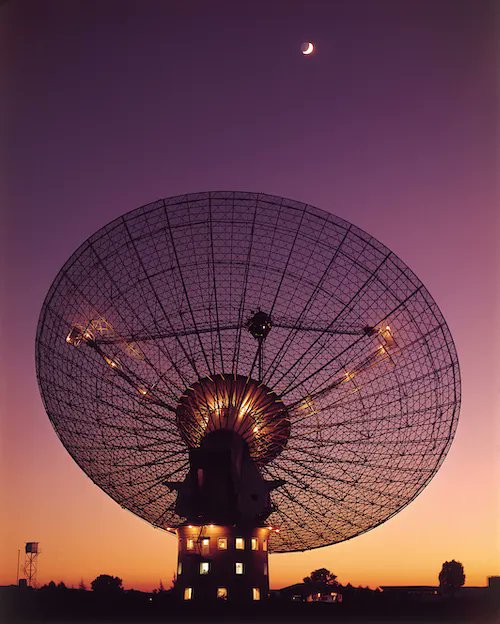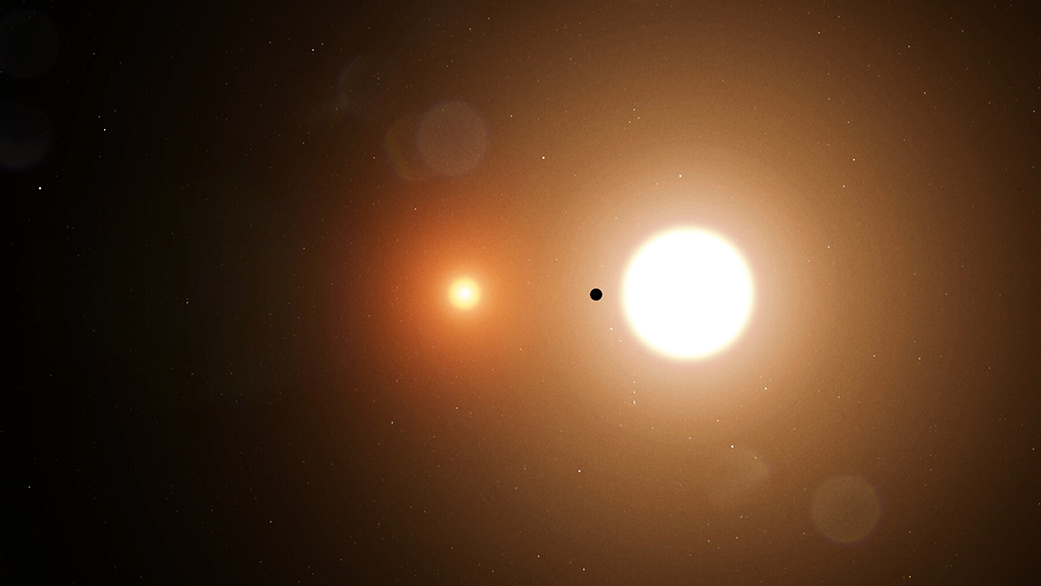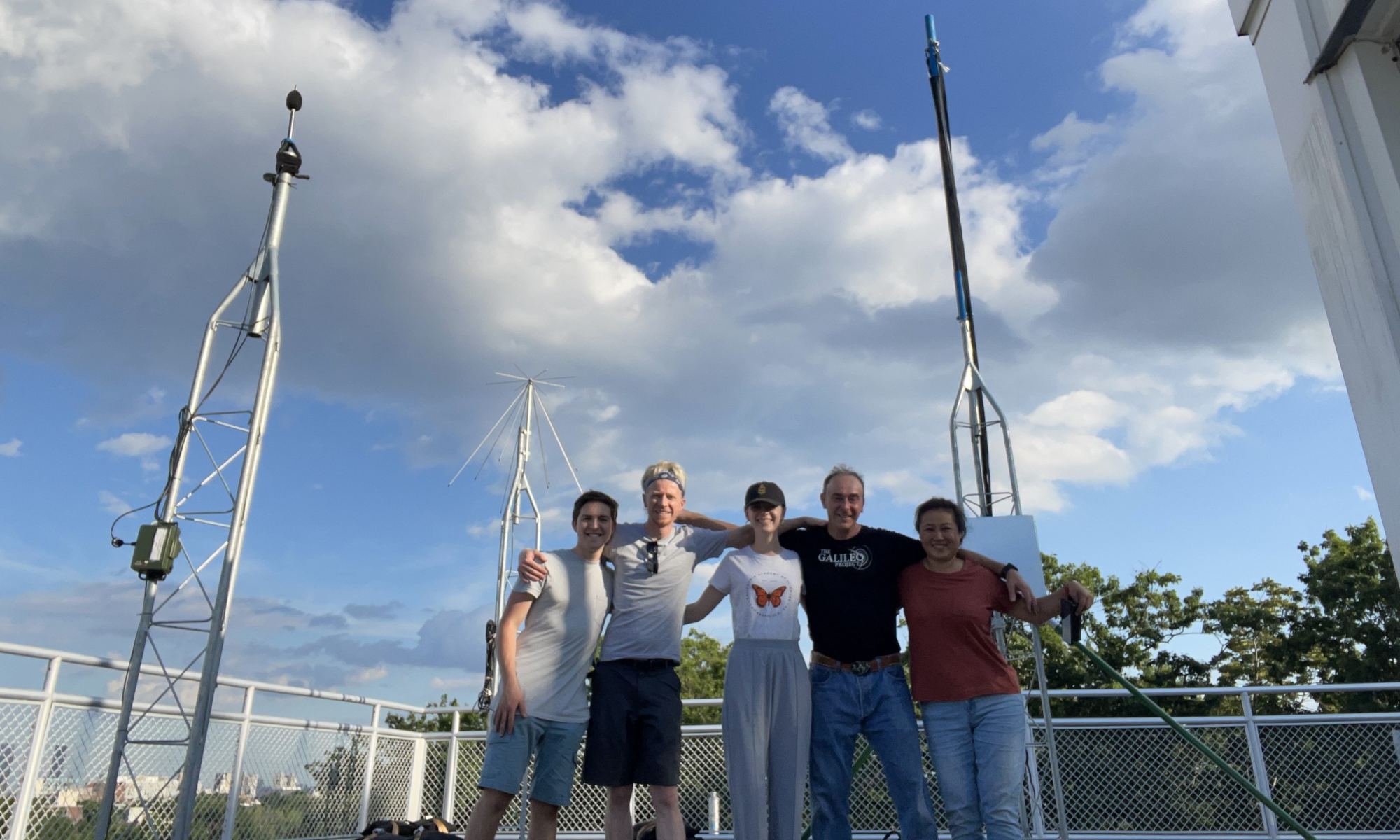If life is common in our Universe, and we have every reason to suspect it is, why do we not see evidence of it everywhere? This is the essence of the Fermi Paradox, a question that has plagued astronomers and cosmologists almost since the birth of modern astronomy. It is also the reasoning behind the Hart-TIpler Conjecture, one of the many (many!) proposed resolutions, which asserts that if advanced life had emerged in our galaxy sometime in the past, we would see signs of their activity everywhere we looked. Possible indications include self-replicating probes, megastructures, and other Type III-like activity.
On the other hand, several proposed resolutions challenge the notion that advanced life would operate on such massive scales. Others suggest that advanced extraterrestrial civilizations would be engaged in activities and locales that would make them less noticeable. In a recent study, a German-Georgian team of researchers proposed that advanced extraterrestrial civilizations (ETCs) could use black holes as quantum computers. This makes sense from a computing standpoint and offers an explanation for the apparent lack of activity we see when we look at the cosmos.
Continue reading “Do Advanced Civilizations use Black Holes as Giant Quantum Computers?”









